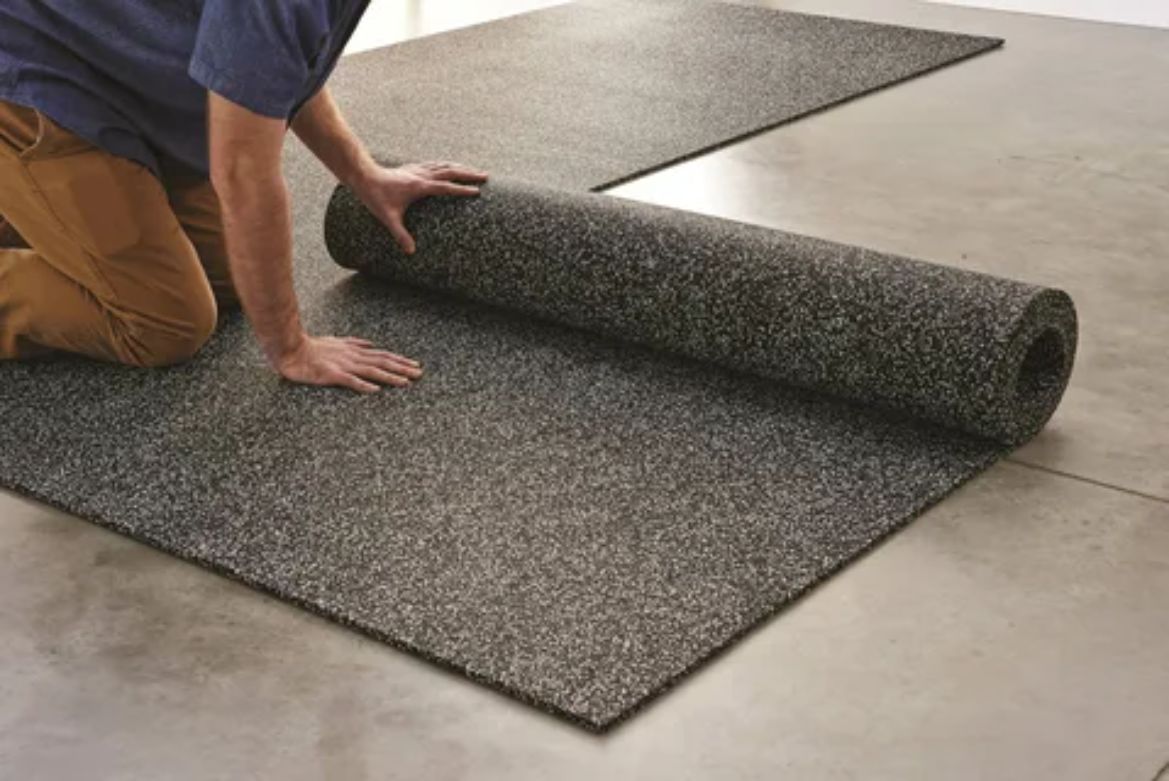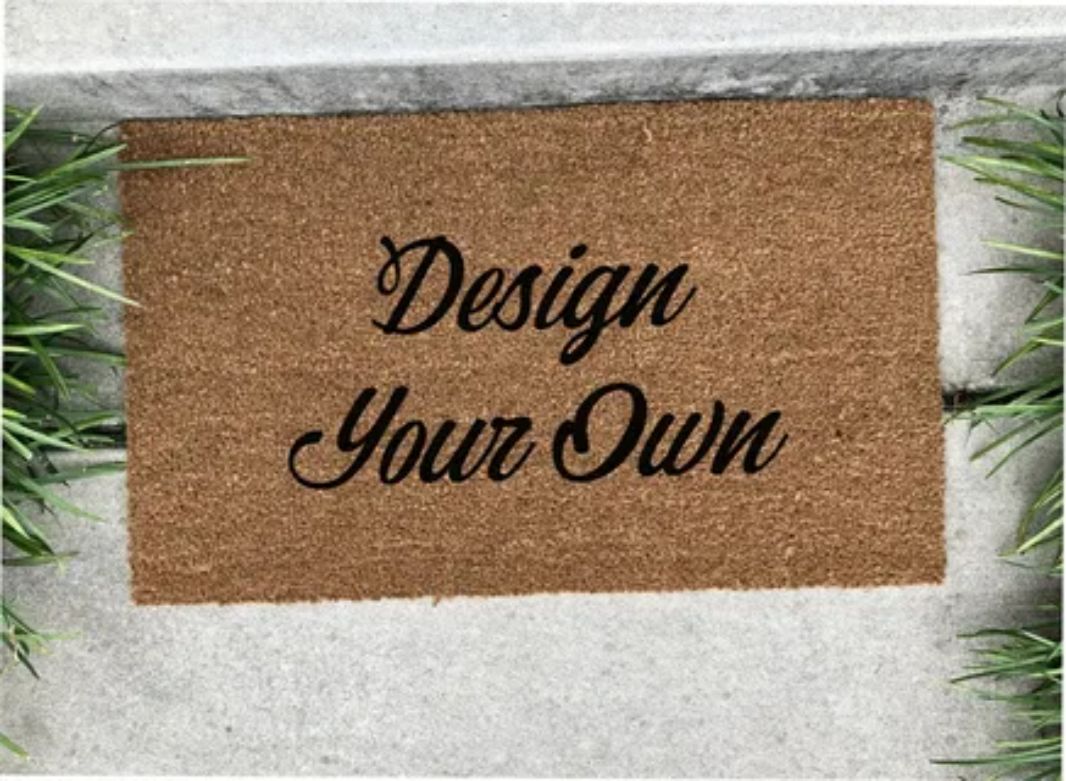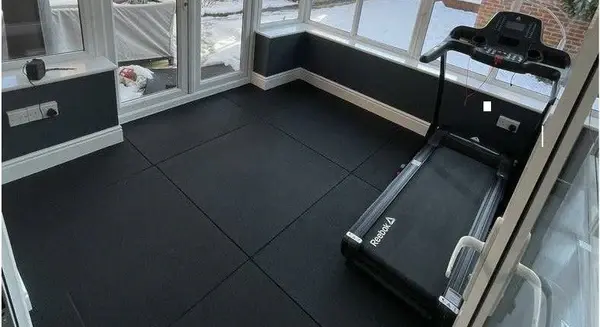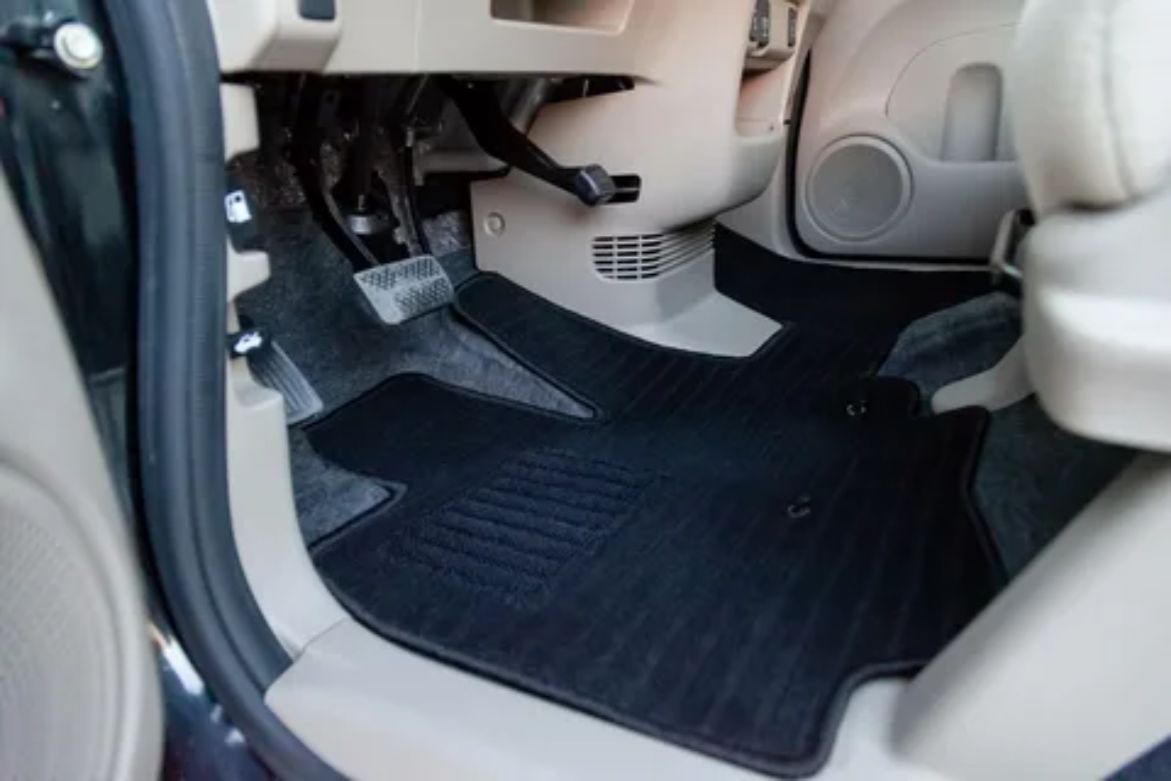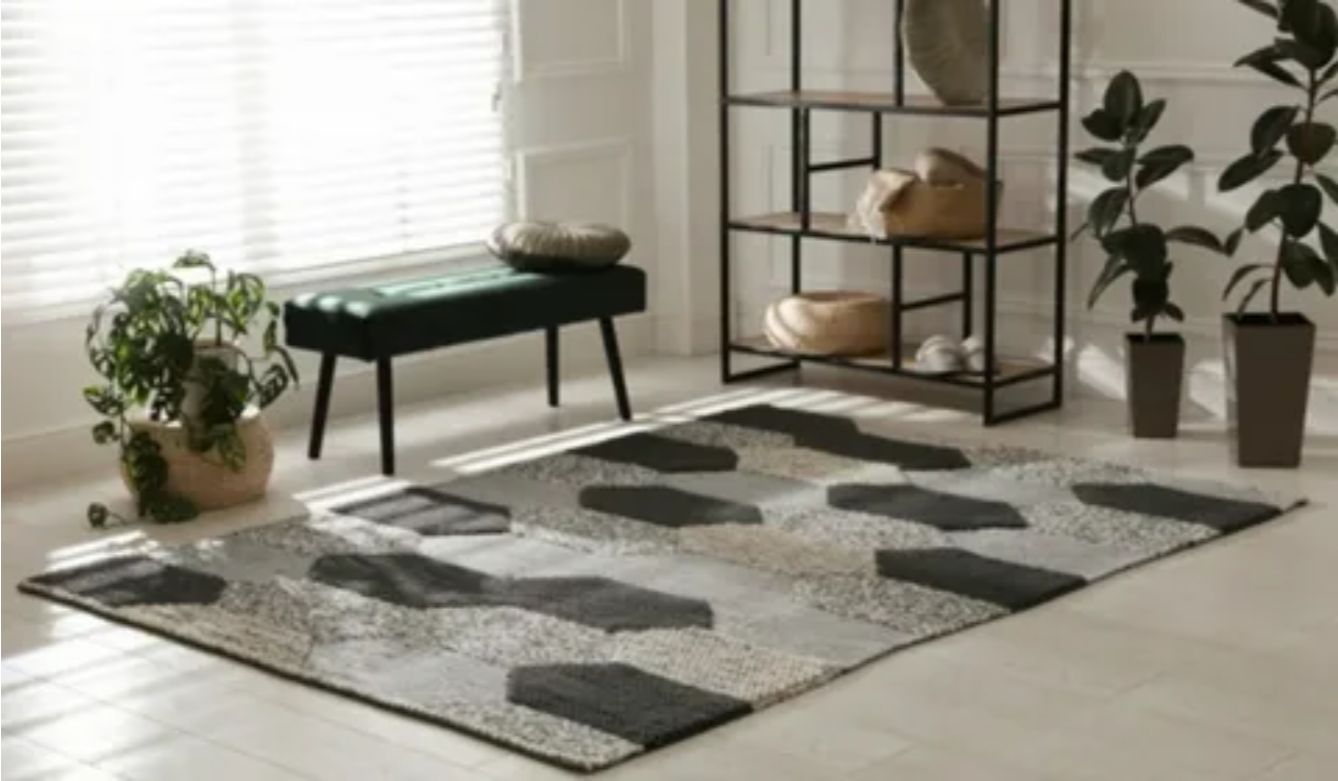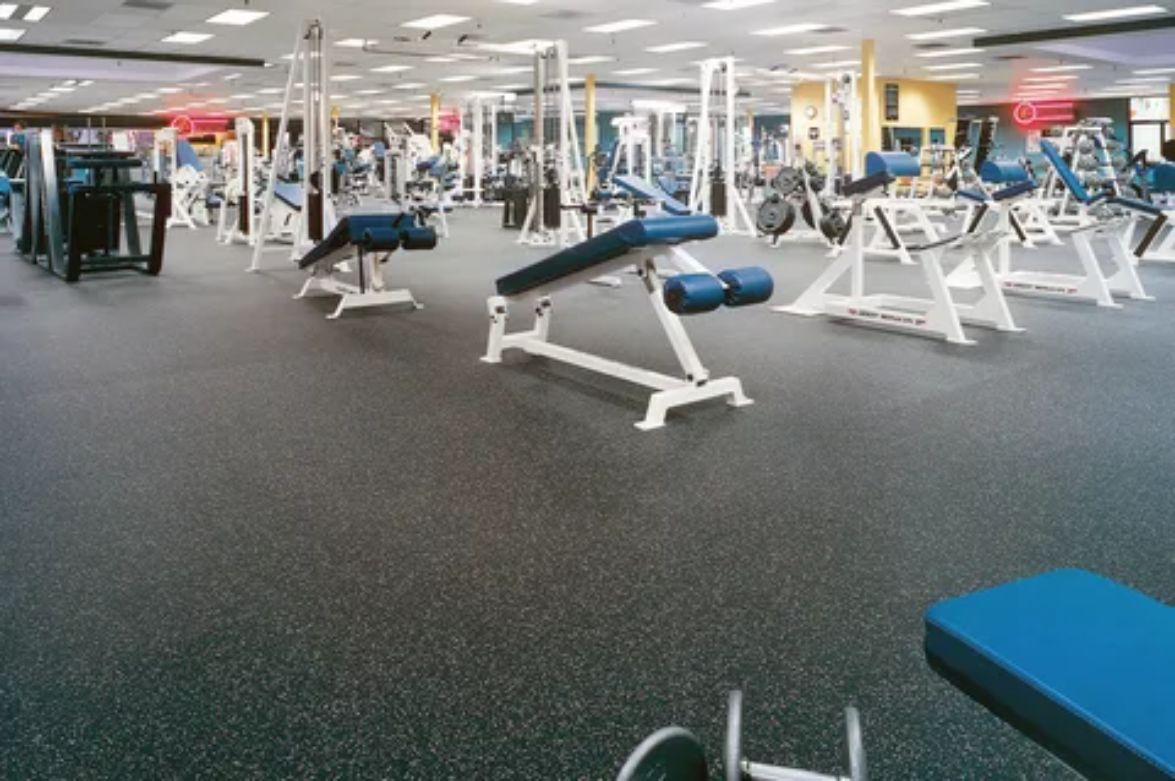Wood floors are lovely and bring warmth to any house. But when your dog is having an accident, it can be a problem. Dog urine on wood floors is not just a small accident. If not cleaned completely, it leaves bad smells and permanent damage to the wood. Dog urine contains acids and salts that damage the surface of the floor. If left for a long time, it is very difficult to remove the smell. The liquid is damaging to the floor’s finish and may cause the flooring to warp.
Quick cleaning is the best option. Most pet owners believe that wiping with a towel will do. Unfortunately, this usually leaves behind imperceptible moisture. The method involves to Remove Dog Urine from Wood Floors by moving quickly, using the correct cleaning agents, and treating the floor carefully. This protects the wood and keeps your house odour-free. Let’s get started!
Step-by-Step Guide to Remove Dog Urine from Wood Floors

In this guide, you’ll learn step by step how to Remove Dog Urine from Wood Floors. We’ll cover what to do, which cleaning products to use, and how to prevent future accidents. With proper care, your wood floors can stay unique for years. Let’s explore some steps to remove pet smell. Follow these steps!
Step 1: Act Quickly
When dog urine lands on your wood floor, grab a few paper towels or a clean rag. Softly blot the spot. Do not rub. Rubbing drags the urine deeper into the wood fibres and makes the mess more widespread. Blotting lifts the liquid from the top without forcing it in. Also, if your puddle is big, put a few paper towels on top and squish them down with your foot. This puts pressure on the area and absorbs more of the urine in a hurry.
Switch out the towels as necessary until your area is largely dry. Keep in mind that wood floors despise water and moisture. Thus, the objective here is to dry as much liquid as possible prior to cleaning. After blotting well, you can proceed to using the best cleaning agent. Act quickly, and you can prevent odour from growing into a more difficult problem.
Here’s why it happens!
Step 2: Select a Safe Cleaning Agent

Not all cleaners are wood-safe. Some will make things worse.
Best choices:
- Water and vinegar solution: Mix equal amounts of water and white vinegar. Vinegar can neutralise odours and break down the smell of urine.
- Mild dish soap solution:
Add a small amount of mild dish soap to hot water. This is able to clean the surface without damaging the finish. Both are chemical-free, simple, and low in budget.
What not to use:
- Never use ammonia cleaners because urine contains ammonia. Ammonia will also ruin the finish on your wood.
How to use:
- Soak a soft cloth in your solution of choice.
- Rinse it thoroughly.
- Wipe the spot gently.
- The aim is to clean the surface. Always keep in mind:
Wood floors do not like water. A damp cloth is best. Soaking wet clothes is risky. With the right cleaner, you’ll remove pee safely and protect your wood.
Step 3: Gentle Scrubbing Method

Once you’ve applied your cleaner, it’s time to scrub, but softly. Use a soft cloth. They are not harsh on the wood and won’t scratch the finish. Do not use hard brushes or pads. They can damage the surface and cause problems. Clean in small circles over the spot. Don’t press hard. The purpose is to lift what’s left of the urine, not rub it in.
- Always remember: too much water is bad for wood floors. A damp cloth is sufficient. If you find the cloth dripping, wring out the cloth before using it once more.
If the mess is persistent, use your vinegar solution or soap solution a second time and repeat. Go slow. Best cleaning protects your wood. Think about this for a minute!
Step 4: Rinse and Dry the Area
Rinse the area and clean out the cleaner and pee. Grab a clean cloth. Put it in fresh water and squeeze it out well. The cloth should be damp, not wet. Gently wipe the spot. This gets rid of any remaining soap or vinegar from the wood.
After rinsing, use a dry microfiber cloth or paper towels. Pat dry until no water is visible. Even a small amount of water can find its way into cracks and warp over time. If you’re feeling paranoid, blow a small fan on the space. for a few minutes to complete drying. A dry surface protects your wood and looks good.
Step 5: Neutralize Lingering Odors
Although cleaning has been done, some odour would still remain. Dogs possess a keen sense of smell, and if they catch a whiff of urine, they can come back to the same area.
One simple technique is baking soda. Dust a thin amount on the area after it’s completely dry. Let it sit overnight. In the morning, vacuum it away. Baking soda is a natural odour absorber.
- Another option is pet-safe odor eliminators. They’re designed for pet households and are available at most pet stores. They remove the smell without chemicals.
- Don’t use air fresheners or sprays that mask the odour. Dogs have the best smelling sense; they can smell the pee.
Step 6: Removing Stains and Lingering Odors

Sometimes when you wash, the smell still remains. This happens when the urine has been sitting for a while. In these situations, enzymatic cleaners are most effective. These unique cleaners dissolve the proteins in urine that lead to stains and odours. They penetrate further than ordinary cleaners and eliminate the odor source.
Instructions:
- Use an enzymatic cleaner on the stain.
- Allow it to sit according to the instructions on the label.
- Blot and dry afterwards.
- When the stain is old, you need to apply the treatment again.
- For difficult situations, use powerful tools and cleaning products to secure your wood.
- The sooner you act, the less time you’ll require expert assistance.
Let’s uncover more,
Additional Tips to Safeguard Wood Floors
Prevention is always better than restoration. Below are some tips to preserve your wood floors.
- Seal your floors:
A high-quality finish or sealant adds an added barrier. It prevents liquids from penetrating immediately.
- Put down mats or puppy pads:
Position them in locations where accidents are more probable. They can catch pee before it reaches the floor.
- Train your dog:
Regular training reduces accidents. Reward your dog for going outside or on their pad.
- Clean up spills quickly
Even with sealant, immediate cleaning is ideal. Don’t delay.
- Daily care:
Sweep and mop regularly with the best cleaners. This maintains the surface in good health.
Through the integration of cleaning, training, and protection, you minimise the stress of accidents. Your wood remains protected, and your home remains clean.
Let’s wrap up with a conclusion,
Conclusion – Keep Your Floors Fresh and Damage-Free
Dog urine on hardwood floors can be a problem, but it can be solved. By cleaning quickly with the best methods, you can protect your floors.
The basic steps are easy:
- act quickly,
- blot carefully,
- Use the best cleaners,
- Rinse,
- dry,
- and remove odours.
For stubborn stains, professional assistance and enzymatic cleaners are the most effective solutions. Prevention is necessary too. Seal your floors, utilize pads or mats, and break in your dog. These little things can prevent a lot of grief later on. Wood floors are high in budget and make your house classic. By keeping them in the best condition, you keep them in the best shape. Keep in mind that cleaning is about keeping your home fresh for you and your pet. By adopting good habits, you can enjoy your furry companion and floors without difficulty.

